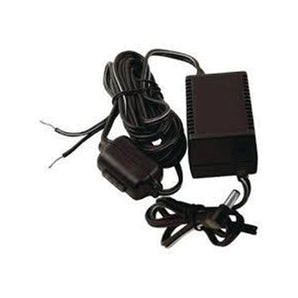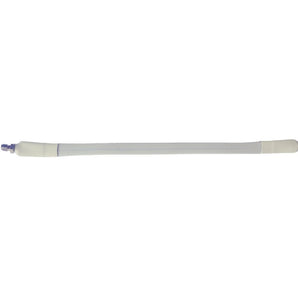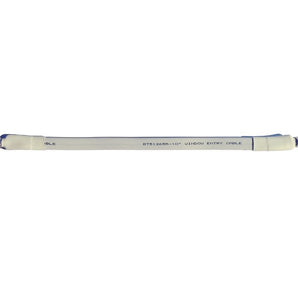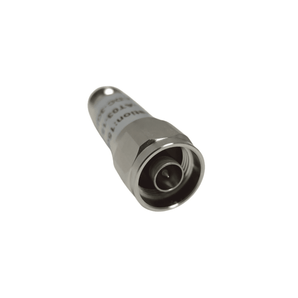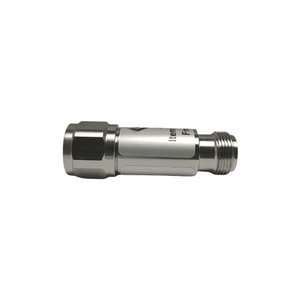We believe in empowering everyone to leverage the transformative potential of technology, which is rapidly reshaping our world. Among the most promising advancements are M2M (machine-to-machine) and IoT (Internet of Things) systems, which both rely on autonomous devices that connect to the internet to exchange data and perform tasks.
To enable this connectivity, all M2M and IoT devices require access to either the internet or a private network. The most reliable way to achieve this is by utilising cellular signals. To ensure strong and consistent cellular connectivity, a high-quality cell phone signal booster is essential.
What is M2M?
M2M, also known as Machine to Machine, refers to the direct communication between two or more devices without the need for human intervention. In contrast to a phone call, where human input is required to initiate the connection, M2M communication occurs automatically between devices.
Consider traffic lights as an example. During rush hour, traffic lights adjust their timing to account for increased traffic flow. This is made possible through the use of sensors in the streets that detect the volume of traffic and automatically transmit this information to traffic control software. This process relies on M2M communication, with the machines interacting and exchanging data without the need for human involvement.
The data transmitted by the traffic sensors is then utilized by IoT, or the Internet of Things, to analyze and interpret the information. This enables the traffic control system to make informed decisions about how best to manage traffic flow in real-time.
What is IoT and how does it work?
The Internet of Things (IoT) encompasses more than just communication between machines; it also includes analytics, processes, and operations that occur without the need for human intervention. There are countless examples of IoT in action, but let's consider traffic lights once again.
Thanks to automatic sensors, traffic control systems can detect when a heavily trafficked street is at risk of becoming gridlocked. This data is transmitted over the internet to the traffic control software, which uses analytics to adjust the timing of traffic lights in the area to alleviate congestion. The software determines how long to keep the lights green or red and when to switch them to ensure a smooth flow of traffic. Once rush hour subsides, the lights return to their regular timing pattern.
This is precisely what the Internet of Things is designed to facilitate. A single traffic light cannot independently manage traffic flow; it relies on information from other machines to determine when to switch to its rush hour pattern. The internet and cellular networks enable this type of communication and collaboration between machines, ultimately improving traffic management and enhancing overall efficiency.
Whats the difference between M2M and IoT?
The primary difference between M2M and IoT lies in the amount of data being exchanged. M2M communication involves the transfer of data between machines, while IoT encompasses data communication, analytics, and operations. However, the terminology used to describe these concepts can vary across industries, leading to confusion.
Rather than viewing M2M and IoT as separate entities, it is more accurate to consider them as complementary components of a larger whole. M2M communication falls under the umbrella of IoT, which encompasses a broad range of machines and devices beyond just phones, laptops, and tablets. From vending machines to security systems to smart farming equipment, the internet has facilitated greater efficiency and convenience for both consumers and industries alike.
Recommended Router for IoT:
InRouter302 LTE CAT 4 Router
- Equipped with two Ethernet ports and an optional Wi-Fi interface
- Dual SIM failover and link backup
- Encrypted VPN transmission, firewall protections and multi-level authorisation control
- Centralised cloud management platform allowing users to manage & monitor InHand devices remotely
- Easy-to-Use Web Interface

Poor Cellular Service Affects M2M Communication
Although the concept of interconnected machines working together automatically is fascinating, there are still challenges to overcome. One major issue for both IoT and M2M is poor cell signal, which can cause devices to experience network connection problems, just as our phones and laptops sometimes do when emailing or making calls. This can happen due to factors such as distance to cell towers, building materials that obstruct data transmission, and other issues. These bad connections can result in a range of problems, including:
-
Inadequate Inventory Management: Losing track of how many units of particular items have been sold can be a disaster for logistics and operations teams in your company, as well as your warehouse team.
-
Missed Revenue Opportunities: Disrupted data transmission can lead to a loss of real-time expenditure tracking by M2M devices, which can harm your bottom line and significantly impact your business decision-making process.
-
Security Breaches: Security is critical in any business, and dropping signals from your cameras or monitors can cause blind spots that may result in financial losses or other problems, even if it is not your fault.
Combating Poor Cell Signal for Your M2M Devices
In the world of M2M and IoT, maintaining a strong cell signal is crucial for seamless communication between machines. A Cellular Signal Booster can enhance the cellular reception in the device's location, thereby ensuring seamless communication.
When selecting a cell phone signal booster for your M2M device, it's important to consider your specific machine's needs. Not every booster will work with every device, so it's essential to review the product descriptions carefully. If you're unsure, our team of signal-boosting experts can help you identify the best solution for your situation.
How May We Help You?
Bolton Technical is a leading provider of cell phone signal boosters, devices that amplify 4G & 3G LTE for any phone with any carrier for home, office, or car. We’ve boosted over 1,000,000 m² of signal for homes, buildings, and vehicles across America and Canada and now that same power is boosting signal across South Africa.
- Free consultation (ask us anything) with our South African-based customer support. Email us or Call us today.
- Free shipping over R500 to Major South African cities. Usually ships same day.
- 30-day money back guarantee. You want to make sure you're satisfied.
Our goal is simple: keep people connected. Ask us anything and we'll be glad to help.







